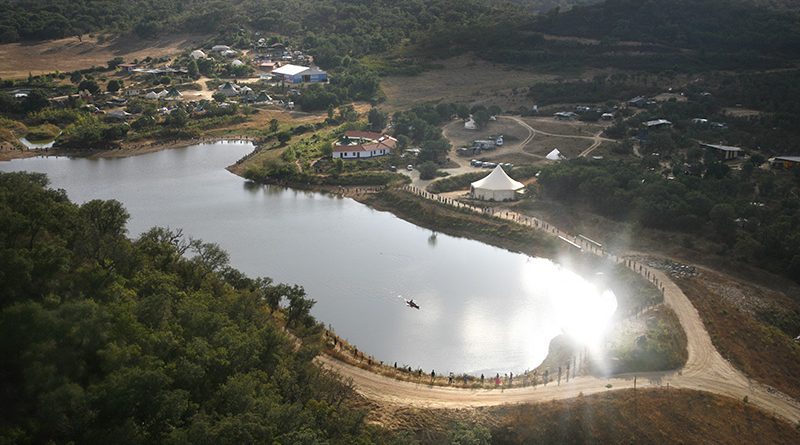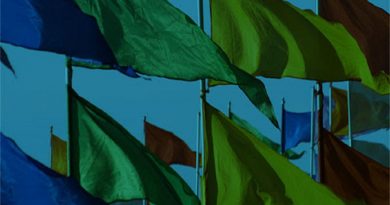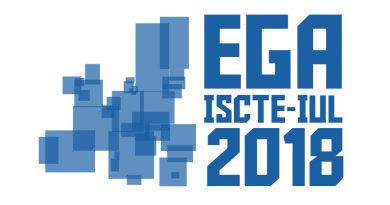Power to the People or New Enclosures – Part II: Tamera Healing Biotope I
“Cultural rapprochement” and regulatory innovation in southwestern Alentejo
Tamera Healing Biotope I, located between the villages of Colos and Reliquias in the municipality of Odemira, southwestern Alentejo, is one of the oldest, largest and most thriving ecovillages in the world. It was founded in 1995 by an intentional community of activists with roots in the central European counter-culture of the late 20th century. In 2015, it counted with more than 170 inhabitants, of which less than 5% were Portuguese. Their vast majority came from German-speaking countries. There is a growing cohort of recent community members whose origins can be traced to a variety of northern European countries, North and South America, Israel and the West Bank.
The characteristics and trajectory of Tamera raise the question of how to develop national and international regulatory frameworks for alternative livelihoods that promote the harmonious combination of international technical expertise with local knowledge. They also raise the question of how, in the framework of overlapping of national and supranational layers of regulation, one can promote the cognitive and political embedment of international social innovators in the “polis” in a way that promotes fruitful relationships with the local people, culture and institutions.
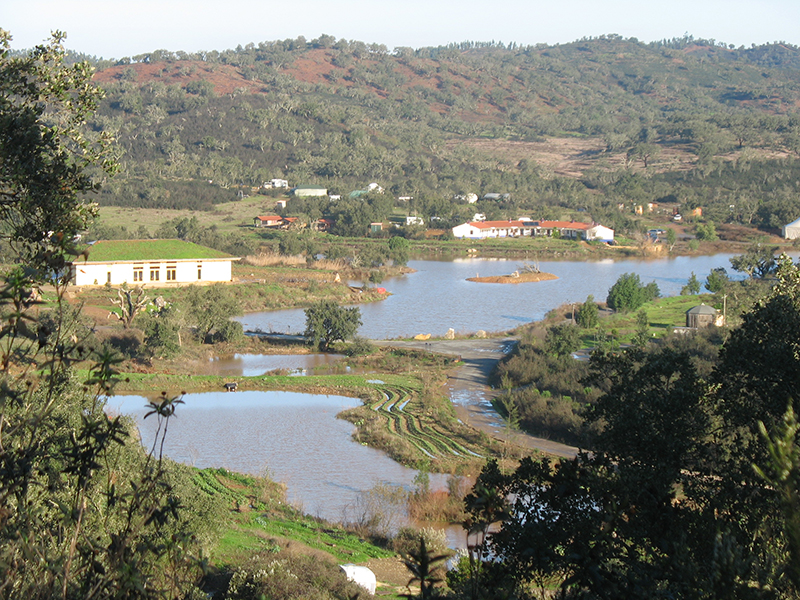
Aerial view of Tamera’s ‘Water Retention Landscape’. Photo by Tamera.org
Since the late 2000’s, Tamera has been collaborating with the municipal authorities of Odemira in the definition of a regulatory framework for current and future constructions within the territory of the project. This effort resulted in the approval, in March 2015, of the terms of reference of PIER – “Plano de Intervenção em Espaço Rural”, which sets the procedure for the operationalization of a regulatory framework that covers all the constructions in Tamera that, at the time of fieldwork, were not yet regulated, as well as any future constructions. The ToR indicate that the PIER will imply the changing of some of the construction limits set up in the Plano de Desenvolvimento Municipal (PDM) of August 2000, in exchange for criteria, in terms of landscape management and building materials, that will ensure the preservations of ecosystems of high ecological value for the region.
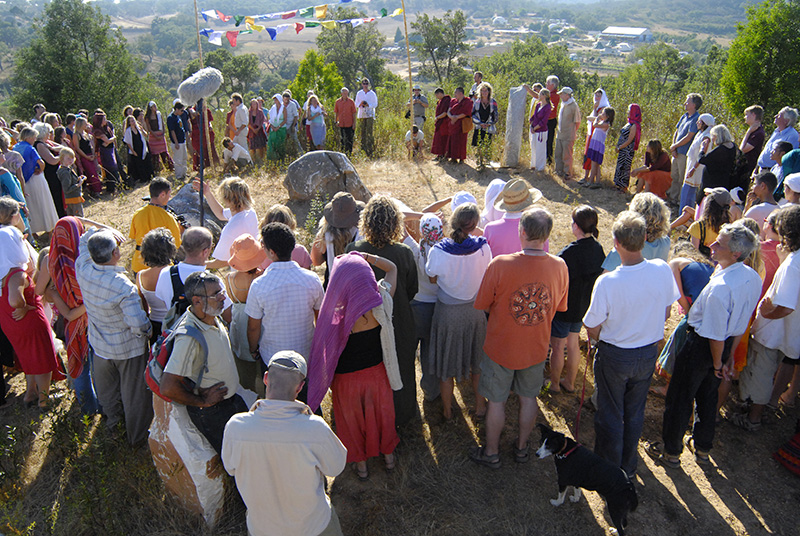
Community meeting in Tamera. Photo by Tamera.org
The purpose of this operationalization process is to integrate the land use and sustainable construction techniques developed in Tamera into the political landscape and regulatory framework of the region. The terms of reference also awarded Tamera with a permanent public certification as a research and development centre authorized to use its premises also for tourism and hosting events by other organizations for a fee, as well as to commercialize agricultural products and renewable energy technology. In December 2016, the dialogue between Tamera and the public authorities for the operationalization of the regulatory framework was still ongoing. There was no official estimation of when the process shall be concluded.
Since the mid 2000s, Tamera has been promoting what I hereby call initiatives of “cultural rapprochement” vis-à-vis the population and culture of southwestern Alentejo. This includes efforts to integrate local knowledge in the strategies of ecosystem regeneration developed in Tamera. One example is the research on Holistic Grazing Management, which integrates elements of local knowledge with Alan Savory’s observations of the effect of the behaviour of roaming herds of animals on the grassland. This initiative counts with the collaboration of farms in the region, as well as experts from Academia. It also includes, in the framework of the project to create a regional sustainability network, the use of its premises to promote thematic fairs of regional agricultural and manufactured products. The first three fairs happened in April, September and November 2016 and included regional music performances and art displays.
In October 2016, Tamera promoted “Walking Water Portugal”, a journey on foot along the Sado river watershed, which counted with more than 30 participants, including community members and close associates of the project. Along the journey, the group organized public meetings with local public authorities, activists and experts, with the purpose of exchanging knowledge on water management and strategies to combat desertification. Besides these punctual initiatives, Tamera has been promoting an ongoing cultural dialogue with the local population. The community often benefits from the cultural mediation of villagers who had re-settled in the region after long periods of emigration in Central Europe, as well as recent “neo-rural” Portuguese settlers with an urban, middle-class background, university education and foreign language skills.
Radical Environmentalism and “Commoning”: Synergies Between Ecosystem Regeneration and Social Governance at Tamera Ecovillage, Portugal
Authors, Ana Margarida Esteves
Embracing lake. Photo by Tamera.org
![]() This work is licensed under a Creative Commons Attribution-NonCommercial-ShareAlike 4.0 International License.
This work is licensed under a Creative Commons Attribution-NonCommercial-ShareAlike 4.0 International License.

